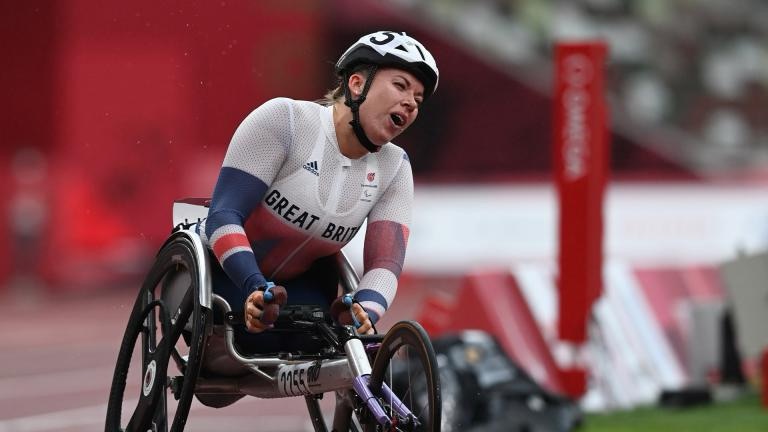The Paralympic Games have grown into a major international sporting event, captivating audiences worldwide. According to the 2022 annual report, the Beijing Paralympics drew 2.1 billion viewers. The upcoming 2024 event in Paris will feature over 4,000 athletes. In contrast, the Paralympics’ origins in 1948 saw just 16 participants, highlighting its evolution into the globally renowned event it is today.
Origins of the Paralympics
While the ancient Olympic Games date back to Greece from 776 BC to 393 AD and were revived in Athens in 1896, the Paralympics took longer to become linked with the Olympics. The Paralympics trace their roots to the Stoke Mandeville Games in England, organized by neurologist Ludwig Guttman for World War II veterans receiving treatment. In 1948, during the London Olympics, 16 wheelchair athletes competed in archery at Stoke Mandeville, marking an early connection between the two events.
By 1952, the Stoke Mandeville Games included Dutch veterans, expanding the event. From 1952 to 1960, the games grew steadily, with 200 athletes from 18 nations competing by 1955.
The First Paralympic Games
The first official Paralympic Games took place in 1960 in Rome after the Olympics, involving athletes from 23 countries, all with spinal cord injuries and using wheelchairs. The event featured eight sports, including para-archery, and introduced dartchery, a mix of darts and archery, though this sport disappeared after 1980.
Growth of the Paralympics
In 1984, the Stoke Mandeville Games were formally renamed the Paralympic Games. The event has since expanded to include more athletes, countries, and disability categories. In 2024, 22 summer and six winter sports will be represented in the Paralympics.
The Summer Paralympics have been held every four years since 1960, while the Winter Paralympics debuted in Sweden in 1976. It wasn’t until 1988 that the Paralympics shared venues with the Olympics, and in 2001, an agreement was established to ensure that both events would always use the same facilities.
The inclusion of athletes with amputations began in 1972, and by 1976, participants with different disabilities, including blindness, were competing. Today’s Paralympics feature ten disability classifications, such as short stature, muscle impairment, and intellectual disabilities.
Notable Paralympians and Records
Dame Sarah Storey, a British swimmer and cyclist, holds 17 Paralympic gold medals, the most for any British athlete. Competing since 1992 at age 14, she continues to excel, participating in the 2024 games. With 44 medals overall, she is the third-most decorated Paralympian globally.
Mike Kenney, a previous British record-holder, earned 16 golds in swimming, setting world records in the 70s and 80s.
Tanni Grey-Thompson, a Paralympic legend with 13 golds and nine additional medals in athletics and wheelchair basketball, has also taken on leadership roles in British sports. After receiving honors like an OBE and MBE, she was made a Baroness in 2010 and received the BBC Sports Personality Lifetime Achievement Award in 2019.
Para-triathlete Lauren Steadman, a gold medalist, also gained wider recognition by reaching the semi-finals of Strictly Come Dancing in 2018.
